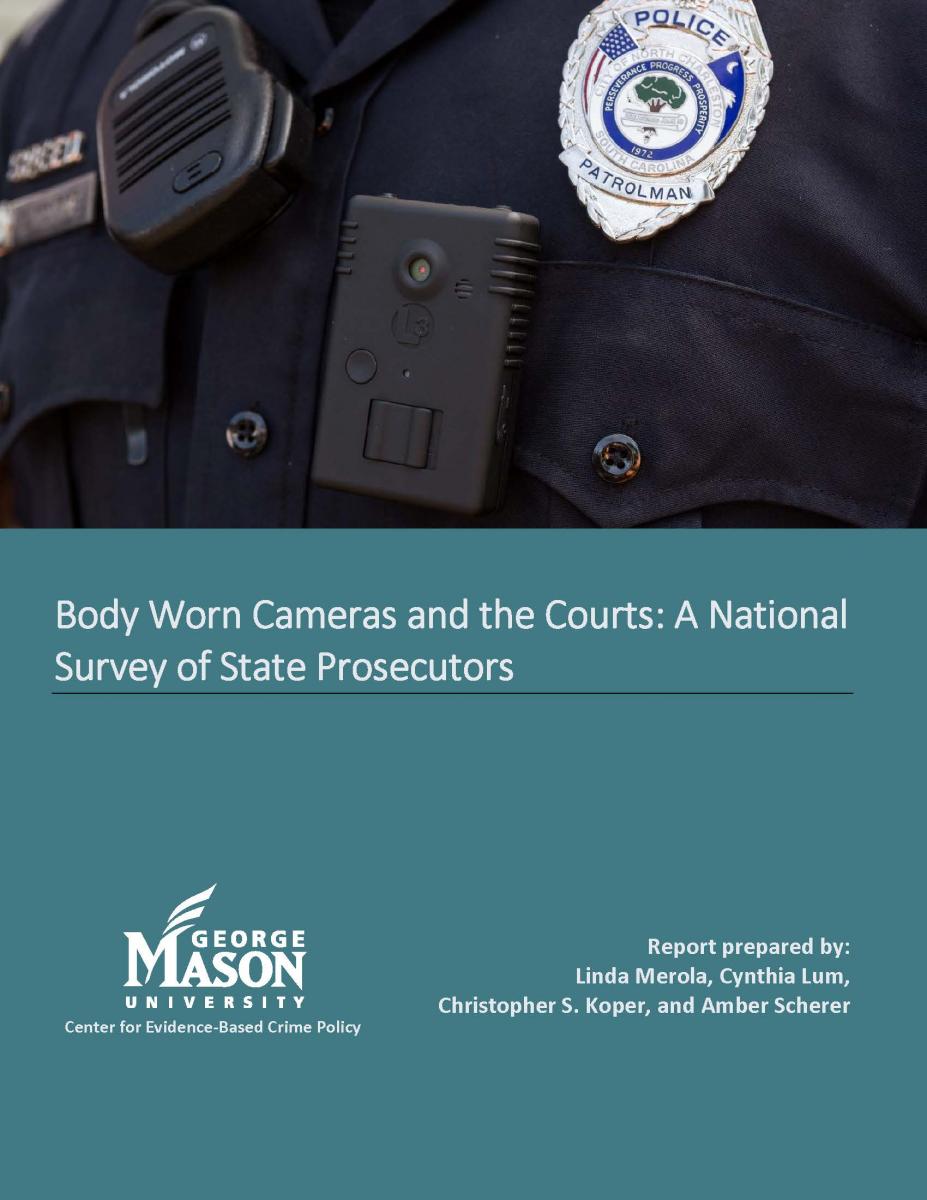Addressing Officer BWC Concerns and Acceptance
This webinar focused on addressing the challenges that agencies and officers can experience when initially implementing a BWC program, especially regarding officer concerns, questions, and hesitations. Panelists highlighted the importance of having officers directly involved in the initial processes when an agency is considering implementing BWCs.

